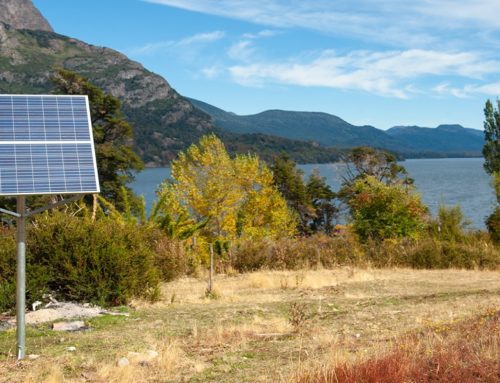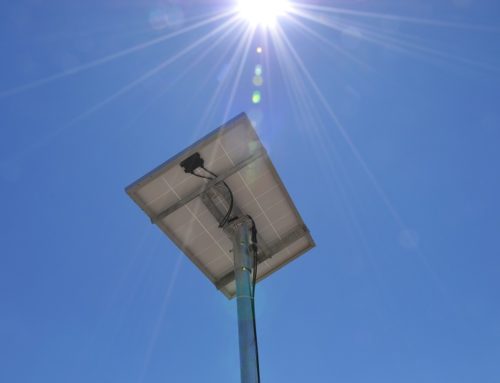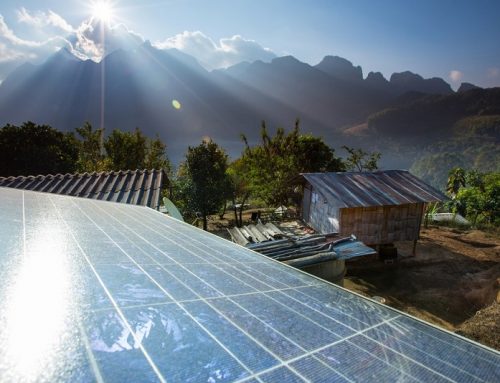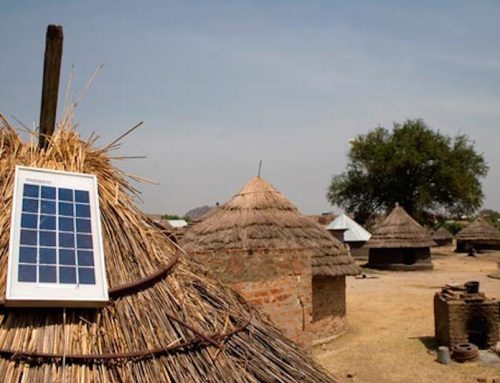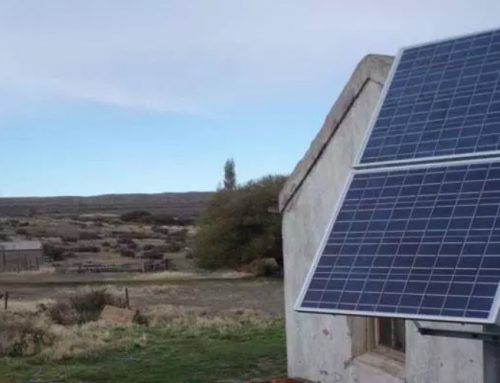Paying the bill for energy?
A case study in the Philippines: rural households getting access to the electrical grid face a 38% increase in expenditures. But – in the short-term – average incomes have risen by 42% and investments have been covered in just one year.
It’s one of the most important questions we ask when talking about the benefits and costs of rural electrification: do people get a better quality of life? Or are they simply facing new costs in paying electricity bills?
A very interesting case comes from a field study in the Philippines, where over the last three years, three professors from the Toulouse School of Economics, Tufts University and the University of the Philippines have followed the tracks of the expanding electrical grid to 209 rural villages of the Southeast Asian country.
Step One: researchers checked household incomes before the arrival of electricity and what happened later to family budgets. Step Two: they tried to calculate the time needed to recover investments made to bring the electrical grid to each home.
The results of the field research are surprising, even more surprising when you take into account two factors: the high costs of electricity in the Philippines and the hard climatic conditions in the area which make grid efficiency less reliable.
With regards Step One, empirical research returned some really interesting results: “The arrival of electricity in a village causes total household expenditures to increase by 38%. Similarly, total household incomes increase by nearly 42%. These significant effects arise even though, on average, only 23 percent of the households in the village are initially electrified — i.e. not all households get connected to the grid as soon as electrification arrives in the village”.
It’s an important result. Rural households registered improved incomes despite adverse factors.
Researchers underline that rural villages connected to the electrical grid started paying electricity bills, in a country like the Philippines, where electricity is expensive and which in “2014 was about 0.20 dollars per kilowatt hour, nearly double the retail price in the United States”.
Another negative factor comes from adverse weather conditions in the Philippines. Typhoons and heavy showers mean the electrical grid is not so reliable and the benefits are therefore diluted.
Despite all this, the household profit margins widened, maybe more than appears at first glance.
Indeed, it’s important to underline another point. In a family budget, expenditures are a part of total income. In absolute terms this means that the variation in expenditures is lower than the variation in income. If income is valued at 100 and expenditure is 80, a 42% variation in income brings the total to 142. A 38% variation brings expenditure to 105.2. The profit balance of local households increases from 20 points to 26.8 (+30%).
A final point. Electricity brought sensible development and a fast return on the investments needed to expand the electrical grid. “The benefits of extending electricity to Philippine villages are so great that the costs are often recovered within one year” the study explains.



